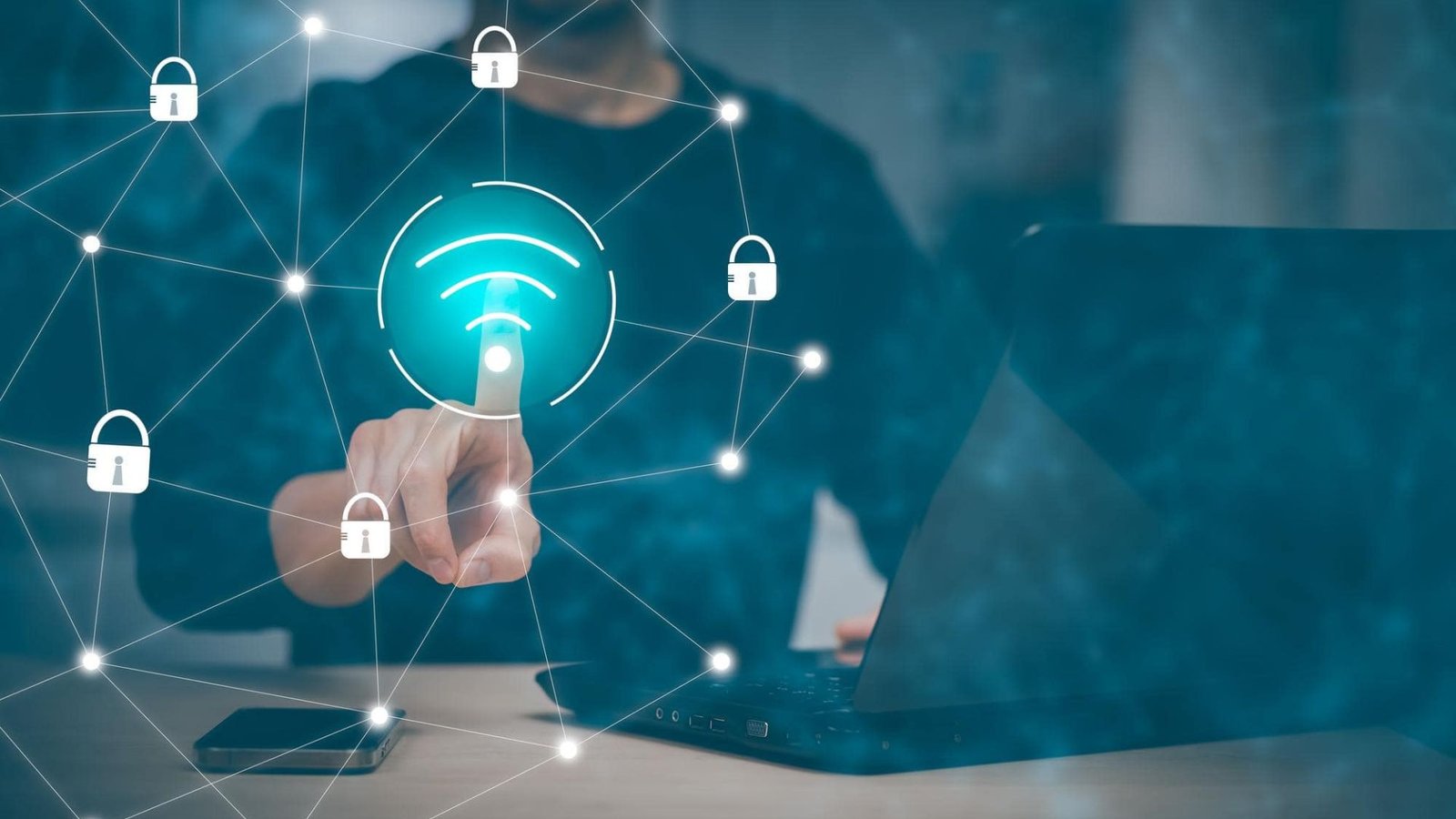Top Tips for Conducting Secure Telecommunications
Conducting secure telecommunications is crucial in today’s digital age. With the rise in cyber threats and data breaches, ensuring your communications are secure is essential for protecting sensitive information. In this article, we’ll share practical tips for conducting secure telecommunications to safeguard your conversations and data.
1. Use Strong Encryption
When conducting secure telecommunications, encryption is your first line of defence. Encryption converts your data into a code, making it unreadable to anyone who does not have the decryption key. Choose communication tools and services that offer strong encryption protocols, such as AES-256, to ensure that your conversations remain confidential.

2. Implement Multi-Factor Authentication (MFA)
Multi-factor authentication (MFA) adds an extra layer of security when conducting secure telecommunications. MFA requires users to provide two or more verification factors to gain access. This could be a combination of something you know (a password), something you have (a smartphone), or something you are (fingerprint). Implementing MFA helps prevent unauthorized access to your communication systems.
3. Regularly Update Software
Outdated software can be a vulnerability when conducting secure telecommunications. Regular updates and patches are essential for closing security gaps and protecting against new threats. Ensure that all your communication tools, including video conferencing and messaging platforms, are updated to their latest versions.
4. Educate Employees on Security Practices
Your team plays a vital role in conducting secure telecommunications. Regular training on security best practices can help employees recognize phishing attempts, avoid suspicious links, and use secure passwords. A well-informed team is less likely to fall victim to security breaches.
5. Use Secure Communication Platforms
Choosing the right communication platforms is crucial for conducting secure telecommunications. Opt for platforms that are known for their security features, such as end-to-end encryption and regular security audits. Research and select tools that meet your security requirements.
6. Monitor and Audit Communication Channels
Regular monitoring and auditing are key to conducting telecommunications. Keep an eye on communication channels for any unusual activity or unauthorized access. Implement logging and alert systems to detect potential security incidents early.
7. Protect Devices with Strong Passwords
Ensure that all devices used for conducting telecommunications are protected with strong, unique passwords. Avoid using default passwords and update them regularly. Password managers can help manage and secure your passwords effectively.
8. Secure Physical Access to Devices
Physical security is also important when conducting telecommunications. Make sure that devices used for communication are secured and only accessible to authorized individuals. Use locks and secure storage solutions to protect your equipment from theft or tampering.
9. Implement Network Security Measures
Network security measures are vital for conducting telecommunications. Use firewalls, intrusion detection systems, and virtual private networks (VPNs) to protect your network from unauthorized access and cyber-attacks. Regularly review and update your network security protocols.
10. Back Up Your Data Regularly
Regular data backups are essential for conducting telecommunications. In case of a security breach or data loss, having up-to-date backups ensures that you can quickly restore your information. Store backups in a secure location and test them periodically to ensure they are functioning correctly.
11. Use Secure File Transfer Methods
When transferring files while conducting telecommunications, use secure methods such as encrypted email or secure file-sharing services. Avoid using unprotected email or file-sharing platforms that do not offer encryption or adequate security measures.
12. Limit Access to Sensitive Information
Control access to sensitive information to enhance conducting telecommunications. Only grant access to individuals who need it for their role. Implement role-based access controls and regularly review permissions to ensure they are up-to-date.
13. Regularly Review Security Policies
Regular reviews of your security policies are crucial for conducting telecommunications. Update your policies to reflect new threats, technological advancements, and changes in your business operations. Ensure that all employees are aware of and follow these policies.
14. Ensure Compliance with Regulations
Compliance with relevant regulations is a key aspect of conducting telecommunications. Familiarize yourself with industry-specific regulations, such as GDPR or HIPAA, and ensure that your communication practices comply with these standards to avoid legal issues.
15. Use Secure Communication Channels
Finally, use secure communication channels when conducting telecommunications. Avoid using public or unsecured channels for sensitive information. Stick to established and trusted communication methods that offer robust security features.
Conclusion
Conducting secure telecommunications is essential for protecting sensitive information and maintaining the integrity of your communications. By following these tips—such as using strong encryption, implementing multi-factor authentication, and choosing secure communication platforms—you can enhance the security of your telecommunications and safeguard your data from potential threats.



